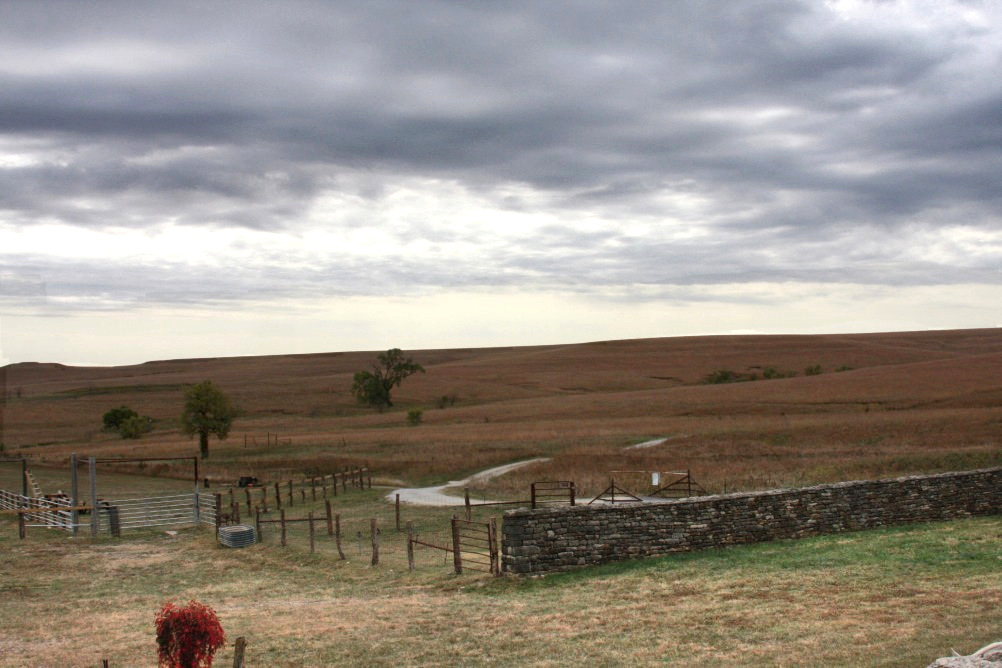October 7, 2022 @ 13:35 CST
Site Visit #57
I left Independence, Missouri in the late morning for the two-plus hour drive to Tallgrass Prairie National Preserve. I had presumed that this National Preserve was just that – a large preserve of native tallgrass prairie with a visitor center explaining what it was and where most of it went.
I was partially correct. The Preserve does protect nearly 11,000 acres of grassland, though the visitor center is located inside of a large house! The house was built in 1878 by Stephen Jones, an already successful rancher with land in Colorado. He eventually built several outbuildings in support of his ranch including a small one-room schoolhouse about ½ mile away.
The self-guided tour of the house and surrounding buildings provided insight into life on the prairie. Ranchers had to be fairly self-sufficient as it was a long trek into the nearest town.

The prairie has a special scenic beauty of its own as one gazes over miles of swaying grass. Tallgrass once covered more than 140 million acres across the midwest, until settlers discovered the great farmlands beneath the grass. Today only around 5.5 million acres remain.
There are a few hiking trails through the tallgrass, some covering several miles. Unfortunately, it was getting late in the day, and the day itself had turned overcast and cool, so I passed on the hiking – at least on this trip.
During my previous trip in August, I stopped by the National Grasslands visitors center in Wall, South Dakota. National Grasslands fall under the US Department of Agriculture (though they still offer stamps for National Park Passports). Since Tallgrass Prairie is designated a National Preserve, it falls under the Department of the Interior as part of the National Park System. There are National Grasslands in Kansas which I looked into visiting, but they were too far in the wrong direction.
I had learned of the tallgrass prairie several years ago at the Neal Smith National Wildlife Refuge east of Des Moines, Iowa. An effort is being made to restore the native tallgrass to a small area of land. It was fascinating to visit and learn of the effort (they regularly scour the land manually pulling all non-native plants). The visitor center has a display showing how deep the roots of tallgrass go – sometimes 15 feet or more into the ground.
From my visit today, I better understood the people who ranched these lands a century ago.
Steve